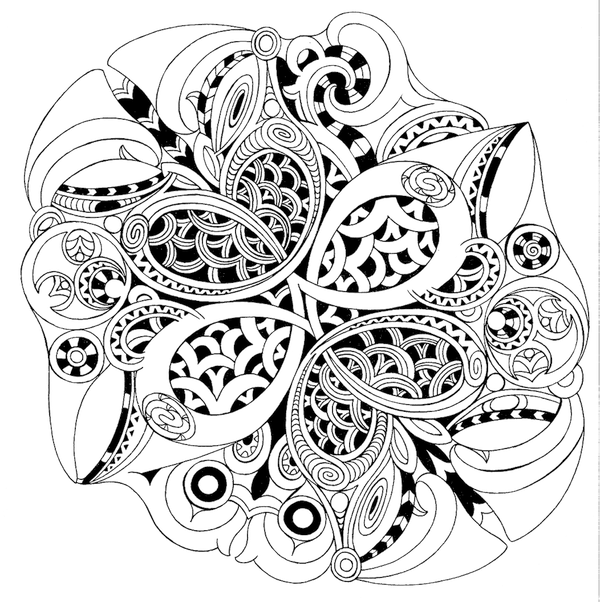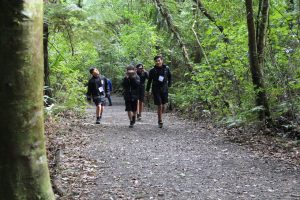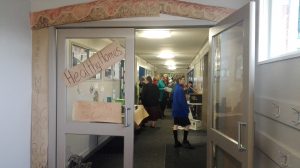
Hinetakurua: Winter
Integrating many aspects of sustainability requires partnerships between ES and other community members. In our inter-connected world, we need the power of shared insights and long-term and significant change.
The Healthy Homes pilot project began in 2018 and aimed to weave together holistic ecological principles, Māori perspectives and healthy home building science. Toimata worked in partnership with Building Research Association of NZ (BRANZ), Beacon Pathway and the Home Performance Advisor (HPA) Programme, and explored the concept of healthy homes through the lenses of Enviroschools and Te Aho Tū Roa. To test ideas about how to work effectively with young people to build their understanding of healthy homes, a pilot programme was run at with 2 classes at Maeroa Intermediate in Kirikiriroa/ Hamilton.
HPA adult training material was integrated into Toimata holistic teaching and learning approaches to trial a positive, creative learning opportunity of young people that would:
- support young people in understanding how our homes/ houses work and how to create wellness through the built environment
- model teaching and learning that would change the way we think about homes and how we design, build and retro-fit our homes
- empower young people to feel connected and enabled to take action for their own welling in a positive and creative way.
Age-appropriate material was developed from existing Enviroschools and HPA material and integrated with concepts and activities that had been identified as previously missing.

A trip to Maungatautari provided an opportunity for students to connect with a natural environment and observe homes that animals build.
At Maeroa Intermediate School students and their teachers explored the concepts of ecological building and homes through a series of diverse experiential activities and hearing from industry experts in an inquiry into “What is a healthy home?”
The process and content was designed to develop a sense of care for themselves and their surroundings and to build confidence to participate in the creation of healthy homes. It was also anticipated they would increase awareness and understanding of what makes homes healthy by creating models and sharing knowledge with whānau and the wider community.
Of note is the approach of embedding the science of healthy buildings into a holistic experience. This meant looking at healthy homes and wellbeing from an ecological perspective; being immersed in the natural environment, observing the elements, connecting with Atua Māori, observing the homes that animals build and then reflecting on this in relation to the places we live and learn (the buildings we spend time in).
Critically teachers and students were supported by experts to learn about things that influence the health of a building (and therefore the health of those living and learning there) – ventilation, heat, moisture control. Participants then got to see, touch and talk about a range of materials used to make homes warmer and drier and discuss the pros and cons of each. There was a strong focus on recognising natural elements to make the most of these energies to regulate home health.

A visual reminder puna mātauranga/ pool of knowledge) for students of the learning process and collective thinking was built over the 10 weeks.
Throughout the process, facilitators modelled reflective practice and continued to build the collective class map (showing the school’s natural and build environment overlaid with observations, photos, future ideas) and pool of knowledge/ puna mātauranga (a visual reminder for students of the learning process and collective thinking to help consolidate understanding), relating each activity and discussion back to:
“What is a healthy home?” and,
“ So, what does this mean for us?”

Student model showing healthy and unhealthy aspects.
This generated further questions and ideas for change. When students got to design and build their mini-home models they were able to integrate their Healthy Homes knowledge into these.
A range of creative models resulted – some half-healthy and half-unhealthy, homes for animals that incorporated the Healthy homes concepts and fully sustainable eco-homes for people.

The students’ learning was shared and celebrated at an exhibition event.
Engagement with the wider community, in this instance, was 2-fold – conversations students had with whānau at home about their learning, and an exhibition event to celebrate, share the learning with the community and spark further engagement and inquiry.
While designed to introduce healthy homes concepts to young people, this project also engaged an ecosystem of learners in the quest to understand housing and educational approaches in New Zealand.
This was a participatory learning and action project based in a school with healthy homes at the centre. Ripples have spread from individuals to whānau, the school community and project organisations.
This work was able to continue in 2020 and a number of new activities were further developed and integrated into a revision of the Enviroschools Ecological Building Theme Area (in draft). The Enviroschools Ecological Building Theme Area has been strengthened as a result of the project and the revised theme area will be available nationwide to the Enviroschools network.
New activities now included in the Ecological Building Theme Area resource support students to experience the following:
- Links between biodiversity and buildings – new activities raise awareness about what a healthy ngahere/ forest can teach us about designing and building healthy and ecological buildings.
- Links between students’ homes and the homes of other creatures – going to the native bush and experiencing the healthy home that is our natural environment and the elements that inhabit it.
- Life cycles of building materials – students exploring where building materials come from in nature, how we change them and use them and where and how they go back to nature.
- Design and model building – students work together and explore their own creativity as they design and build models of healthy, sustainable homes.

Banner image: Students explore building science concepts with the help of a healthy home model.
Collage above: Students followed an inquiry process of hands-on learning to consider: What is a healthy home?”
